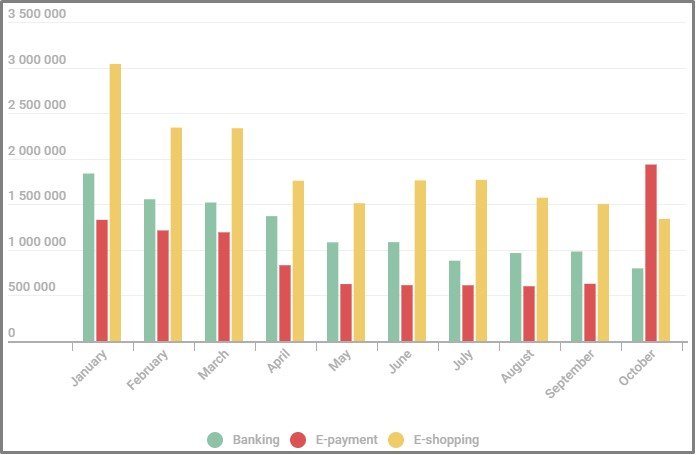North Korean Army of Cybercriminals Props Up Kim’s Nuclear Program and Economy
Kim Jong Un marked a decade as supreme leader of North Korea in December. Whether he can hold on to power for another 10 years may depend on state hackers, whose cybercrimes finance his nuclear arms program and prop up the economy.
According to the U.S. Cybersecurity & Infrastructure Security Agency, North Korea’s state-backed “malicious cyberactivities” target banks around the world, steal defense secrets, extort money through ransomware, hijack digitally mined currency, and launder ill-gotten gains through cryptocurrency exchanges. Kim’s regime has already taken in as much as $2.3 billion through cybercrimes and is geared to rake in even more, U.S. and United Nations investigators have said.
The cybercrimes have provided a lifeline for the struggling North Korean economy, which has been hobbled by sanctions. Kim has shown little interest in returning to negotiations that could lead to a lifting of sanctions if North Korea winds down its nuclear arms program.
North Korea real GDP under Kim Jong Un
Annual change
Data: Bank of Korea
Money from cybercrimes represents about 8% of North Korea’s estimated economy in 2020, which is smaller than when Kim took power, according to the Bank of Korea in Seoul. (The bank for years has provided the best available accounting on the economic activity of the secretive state.) Kim’s decision to shut borders because of Covid-19 suspended the little legal trade North Korea had and helped send the economy into its biggest contraction in more than two decades.
Kim’s regime has two means of evading global sanctions, which were imposed to punish it for nuclear and ballistic missile tests. One is the ship-to-ship transfer of commodities such as coal: A North Korean vessel will shift its cargo to another vessel, or the other way around, and both vessels typically try to cloak their identity.
The other is the cyberarmy. Its documented cybercrimes include…





